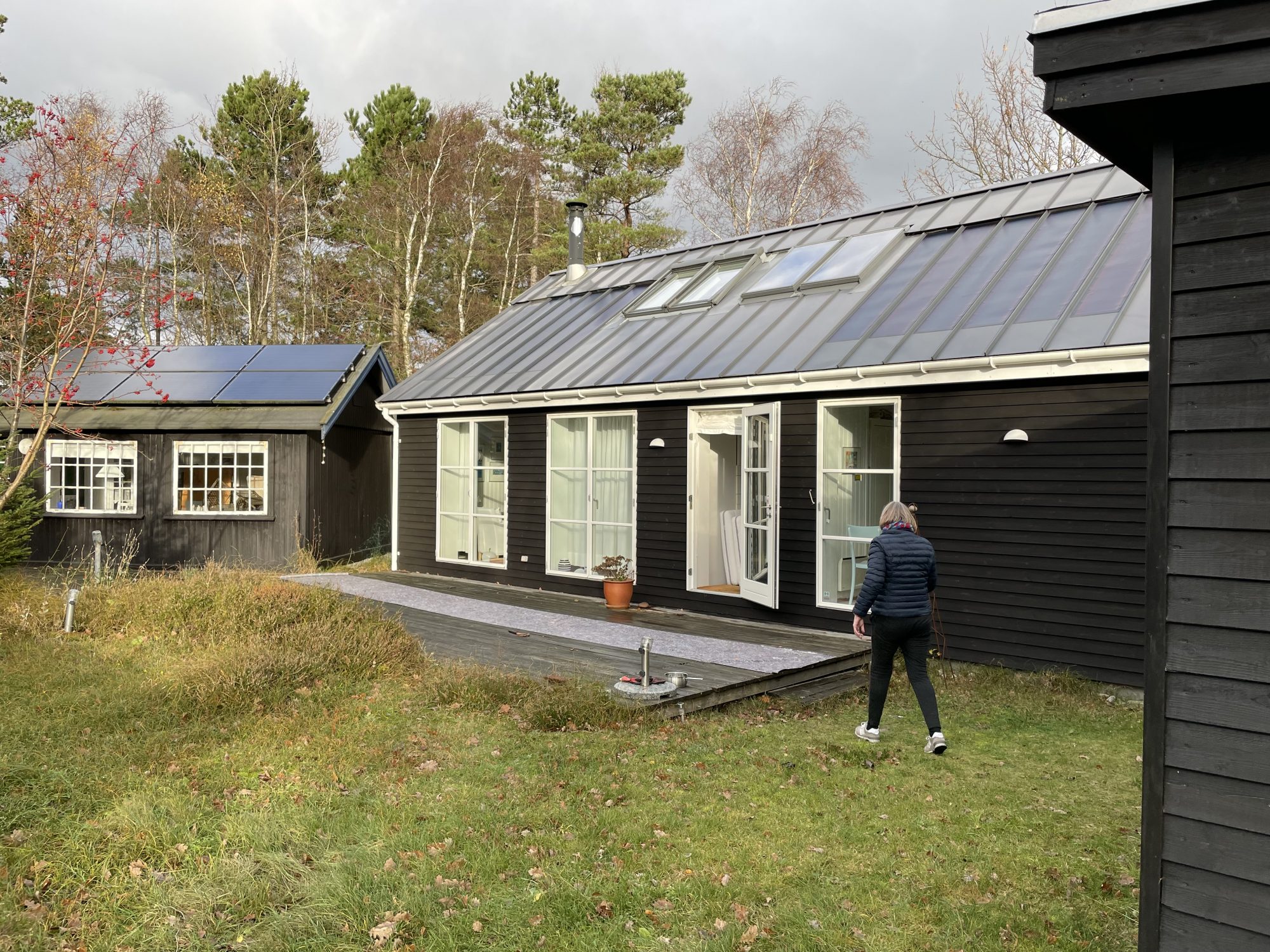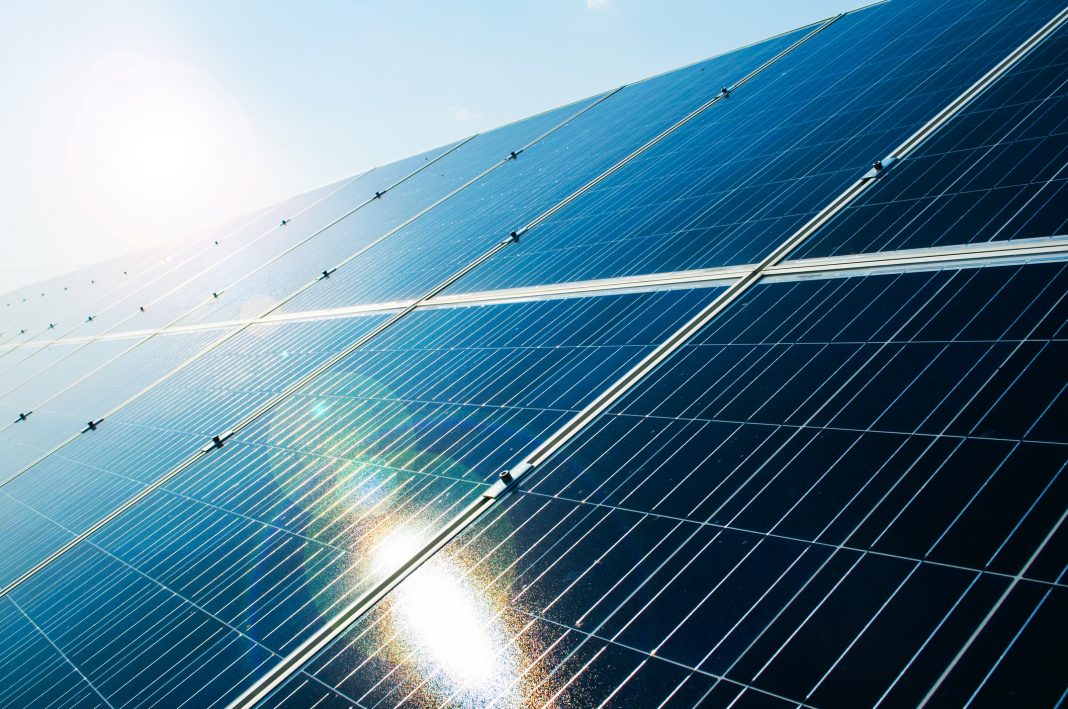European cities are in need of a solar revolution, says Peder Vejsig Pedersen, Chairman of the board and partner, MSc at European Green Cities
At present, there is widespread support among citizens to try to improve the situation for the global climate, but the response from our politicians is mainly to launch plans for what needs to be done a long time from now, which means during the next 10 to 30 years.
In f. ex. Denmark there has even been agreed on a “Climate Law”, which defines that in the year 2030, 70% of the calculated CO2 emissions in 1990 will have to be saved. And with controls of how things are progressing every year by an elected “Climate Commission”.
And to be able to meet the goal, a number of new installed energy supply solutions, have also been launched, including a number of innovative “energy islands” at sea, linked to large offshore windmill farms, and at the same time use of a so-called “Power to X” technology, where excess renewable energy electricity will be transferred into hydrogen, which can then be used as a fuel.
Both this technology and CCS, “Carbon Capture and Storage” is however still very costly and not fully developed and large scale demonstrated technologies, which both the Danish government and the Danish parliament now want to rely on to meet the 2030 goals.
When it comes to the use of “Solar Power”, there has also recently been launched implementation plans, but unfortunately only relying on centralized large scale solar parks in the country site. Something which has already created a lot of opposition in local communities.
In connection to this one could ask, why not realise as much of this solar power capacity, as possible, on our buildings and infrastructure in cities. Here it is straightforward to scale an already developed and proven technology, which can at the same time be used in an architecturally acceptable way and hereby also limit electricity system losses and connection costs.
PV panels
The only argument not to do this is related to short term economy because it is the large solar parks, which have the lowest solar power production costs, based on the import of low-cost PV panels from South East Asia. These PV panels are unfortunately mainly produced with the help of fossil fuels, which means that it does not show a convincing life cycle analysis (LCA), compared to a situation where the PV panels are produced in Europe, or even better in countries like Norway, Denmark or Iceland, where there is a large share of renewable energy in the electricity power production.
Concerning the use of local PV systems there exist a very interesting way forward in my opinion. This is for cities to agree on the use of “Solar Power Feed-in Tariffs”, something like the ones that existed in Germany around the year 2000, which together with their Renewable Energy Law, created the basis of the whole world market for widespread use of PV technologies.
As a curiosum, I can here mention that in Copenhagen in Denmark we created the Copenhagen PV Coop in the year 2004, based on the same ideas, where it was agreed that the city would provide a suitable roof for PV production, based on a 20-year contract, where we were paid 0,6 Euro/kWh solar electricity by the Electricity company, “Copenhagen Energy” in the same period.
For cities, it will be possible as landowners to make demands for a certain amount of PV panel integration in connection to new urban development projects, as the basis of supporting an overall aim for a CO2 neutral city area development, also including demands for energy savings and use of local “Smart Energy” technologies. And to combine this with an agreed Feed-in Tarif for the produced Solar Power. This could at the same time be combined with a demand for an LCA analysis for the used PV panels (by providing EPD´s for the used products), hereby documenting the actual CO2 emission reduction.
Based on today’s PV panel investment costs a “Feed-in Tarif” around 0,1 Euro/kWh produced solar power could be a reasonable level. (Which is still only 15% of the above-mentioned level in 2004).

The most important result of the here mentioned approach is that PV panel integration will then be based on how to incorporate as many PV power producing areas, for the future roofs and facades in Denmark, as possible, but still with a demand for good architecture and overall sustainability.
This has actually been the aim both for the undersigned and my company, Cenergia, ever since our first EU supported PV demonstration project was realized in 1991. In 1996 a new EU Eco building initiative was realised also involving the Danish companies Cenergia and Solarplan by joining 9 European cities into the European Green Cities cooperation, which realised local solar low energy demonstration projects until the year 2000. Here Green Cities was an acronym for Global Renewable Energy and Environmental optimized Neighbourhoods and Cities.
In Denmark, it was the city of Copenhagen that was the partner city working with large scale urban renewal at Vesterbro. Together with several other initiatives to integrate PV technologies in buildings, also with local RTD support in Denmark, a large number of demonstration projects were created until the year 2001, where also the BIPV plan for Valby in Copenhagen had been created in cooperation with the Urban Renewal Copenhagen company and the city of Copenhagen.
After 2001 the participation in a large European project on BIPV, “Resurgence” secured the continuation of BIPV development and demonstration work, also in a new cooperation with the city of Copenhagen, where the Solar City Copenhagen association was established, and where it was also possible for Peder Vejsig Pedersen and Cenergia to secure funding for the unique demonstration of the CO2 neutral rooftop apartment, SOLTAG in a cooperation which also involved the VELUX company and Urban Renewal Copenhagen together with architect maa. Martin Rubow.
And a few years later Peder Vejsig Pedersen again with help from Martin Rubow, even developed his own summerhouse as a SOLTAG 2 project. Here BIPV was combined with a ground-based CTC heat pump, together with floor heating and later also combined with an extremely low-temperature operation air heating “SOLUS” unit from the company, Lindab. All part in an important learning process on how to utilise BIPV and Smart Energy solutions the best way.
In the recently realized Danish supported project, “Smart Energy Green Cities”, there has been a cooperation with several local communities in Denmark. Information on this can be found both at the website as well as in the video linked here.
To support a more general European approach on how to secure large scale integration of BIPV as part of an aim to develop local “Carbon Zero” city areas, we want to invite relevant organisations to provide short information on similar local initiatives that we can introduce in the mentioned website (a one-page description in Word, site information and a good picture will be sufficient, and sent to the enclosed e-mail).
Please note: This is a commercial profile
© 2019. This work is licensed under CC-BY-NC-ND.











